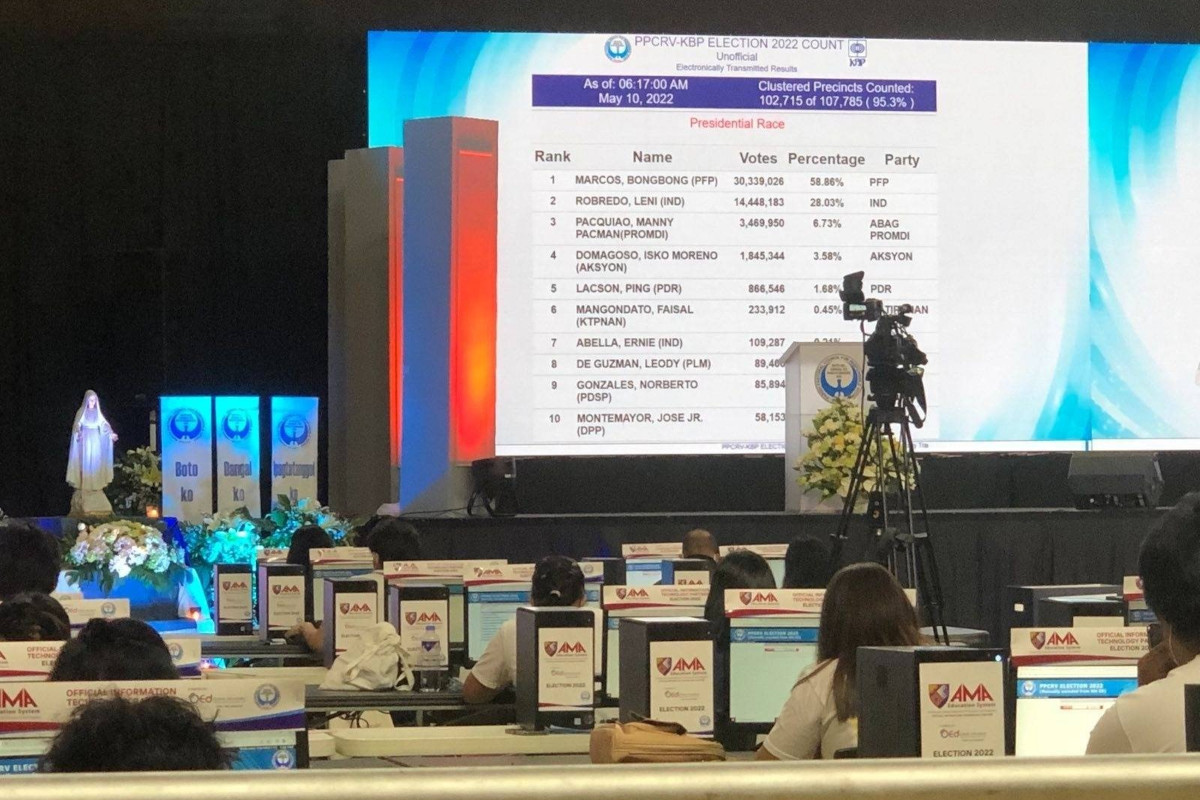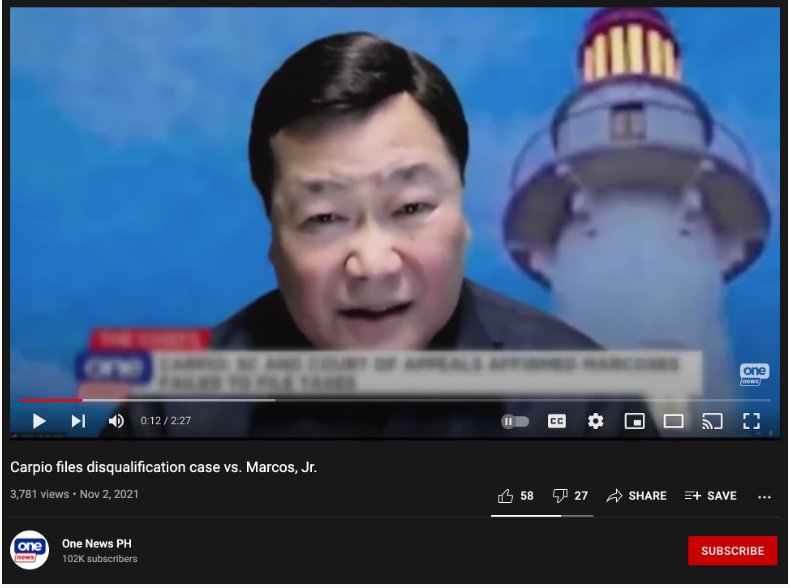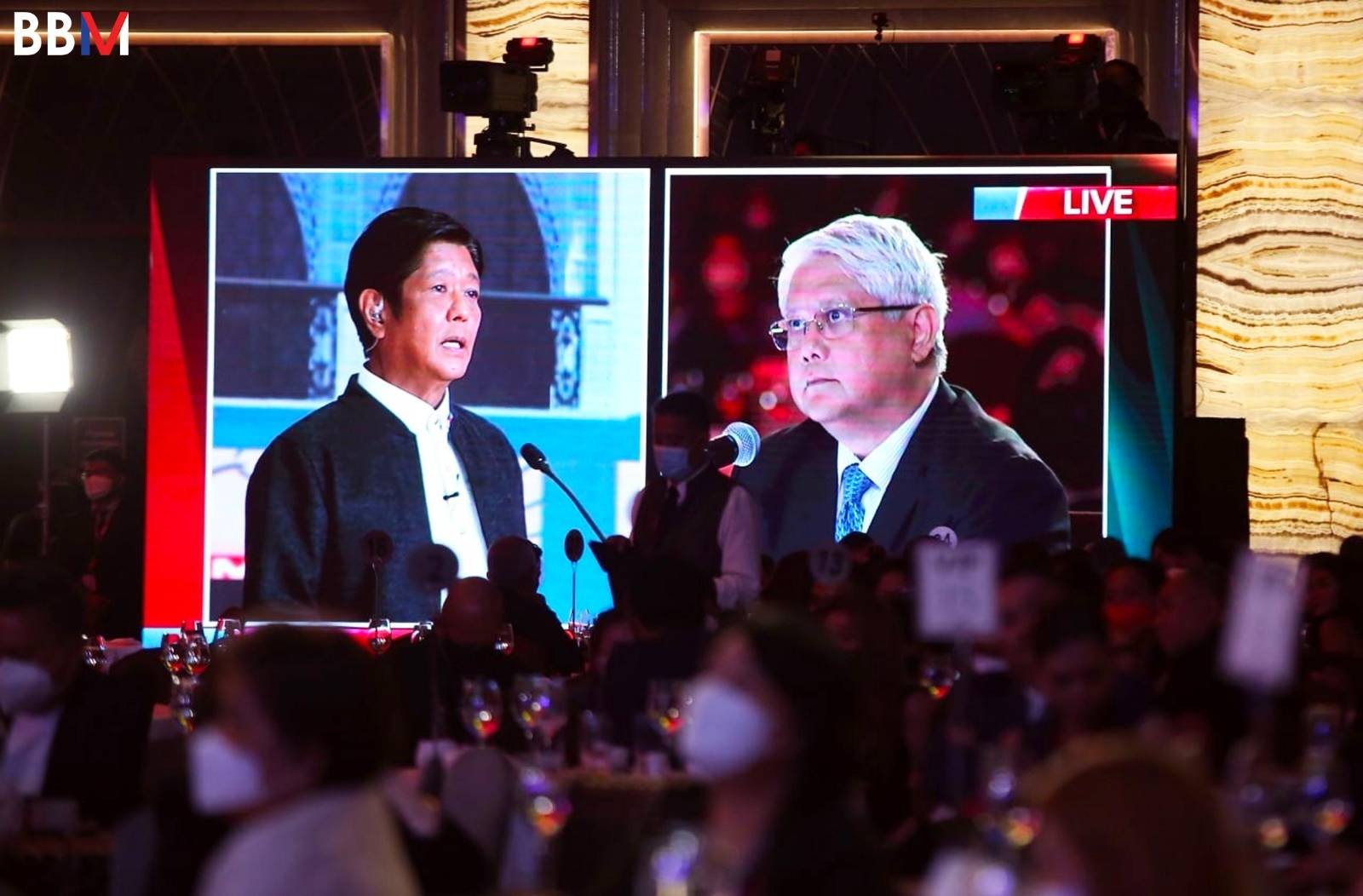The ongoing partial and unofficial tally of votes shows Ferdinand “Bongbong” Marcos Jr., son and namesake of the late dictator Ferdinand Marcos Sr., and Davao City Mayor Sara Duterte-Carpio dominating the presidential and vice presidential races.
Actor Robin Padilla is topping the “Magic 12” in the senatorial contest among 64 candidates.
However, faulty vote-counting machines (VCMs) have derailed the elections in several polling precincts. The Commission on Elections (Comelec) officially recorded 915 (0.8%) defective machines out of the total 107,785 as of May 12, 12:35 p.m., according to the poll body. (See Wave of VCM complaints welcome first 4 hours of polling day)
Acting Comelec spokesperson John Rex Laudiangco said the 915 faulty VCMs were repaired and delivered to serve as contingency machines, should one fail in a voting precinct.
Laudiangco told reporters that the poll body had “anticipated problems” with the nine-year-old VCMs as they prepared for the elections.
What happens after the polls close? When will election winners be declared? Here are three things you need to know:
1. What happens to our votes after polls close?
Under the law on automated electronic system (AES), a voter fills out a printed official ballot and feeds it into a VCM, which would then generate a voter-verified paper audit trail (VVPAT) or a voting receipt.
At the end of the voting period, each VCM would print “electronic returns” (ERs) which show the votes in figures for each candidate in a precinct area, the date of the election, the province, city or municipality, and precinct where the election is held.
The ERs are simultaneously transmitted to the board of canvassers (BOC) at the city, municipal, and provincial levels, as well as to the Comelec central server, and transparency servers. (See VERA FILES FACT SHEET: 3 things you should know about Comelec’s transparency server)
The Comelec conducts an official count using a “ladderized system” of canvassing, according to Laudiangco.
The outcome of a canvass is a certificate of canvass (COC), a form containing the total votes for each candidate.
Once the COC is accomplished, the city and municipal BOCs can proclaim the winners for local elective positions. For cities that form part of a province, or “component cities,” their COCs are transmitted to the provincial BOC, which can declare winners for the provincial elective posts, including governors and vice governors.
For independent highly urbanized chartered cities – a city with at least 200,000 population and a latest income of P50 million – their COCs are directly transmitted to the National Board of Canvassers (NBOC). Such cities do not vote for provincial posts.
Senators and congressmen sit as the NBOC to canvass the votes for president and vice president. They convene in a joint session at the Batasang Pambansa plenary hall in Quezon City.
The Comelec sits as the NBOC at the PICC to canvass the votes for senators and party list groups.
2. Do transparency servers show the official tally of votes?
No. The figures reflected in transparency servers are unofficial.
Only the respective BOCs for each level have the power to produce the COCs that would be used to officially proclaim the winners of various positions.
Transparency servers receive electronically transmitted results directly from VCMs in clustered precincts all over the country. This is part of Comelec’s mandate to ensure that elections are “transparent and credible,” with results that are “fast, accurate and reflective of the genuine will of the people.”
Not everyone can access the server. Only select groups, such as media organizations and citizen poll watcher groups that are accredited by the polling body, are given access to such information.
For the 2022 national elections, 20 media outlets have access to the server, alongside nonpartisan polling watchdog Parish Pastoral Council for Responsible Voting (PPCRV), which is physically located at the University of Santo Tomas.
Lito Averia, an information technology expert for the National Citizens’ Movement for Free Elections (NAMFREL), said the server gives the public a quick but unofficial glance at the status of the polls, as manual canvassing of election returns is “generally slower.”
3. How soon can the public expect the proclamation of a new set of leaders?
Laudiangco said the “reasonable expectation” for the public to see a “very clear picture of the results of the election” is in a week’s time.
For local positions, he said “the best case scenario” for the proclamation of winners is on May 10, just hours after the counting in the precinct level has begun.
Have you seen any dubious claims, photos, memes, or online posts that you want us to verify? Fill out this reader request form.
Sources
ABS-CBN News, Halalan 2022 Election Results, Accessed May 10, 2022
GMA News Online, Election Results, Accessed May 10, 2022
PPRCV, National Local Elections, Accessed May 10, 2022
Commission on Elections, Resolution No. 10759, Jan. 26, 2022
Senate of the Philippines, Republic Act No. 9369, Jan. 23, 2007
Commission on Elections, Republic Act No. 9369, Jan. 23, 2007
Commission on Elections, Resolution No. 10781, April 20, 2022
Commission on Elections Official Facebook page, Election Day Closing of Polls, May 9, 2022
(Guided by the code of principles of the International Fact-Checking Network at Poynter, VERA Files tracks the false claims, flip-flops, misleading statements of public officials and figures, and debunks them with factual evidence. Find out more about this initiative and our methodology.)






